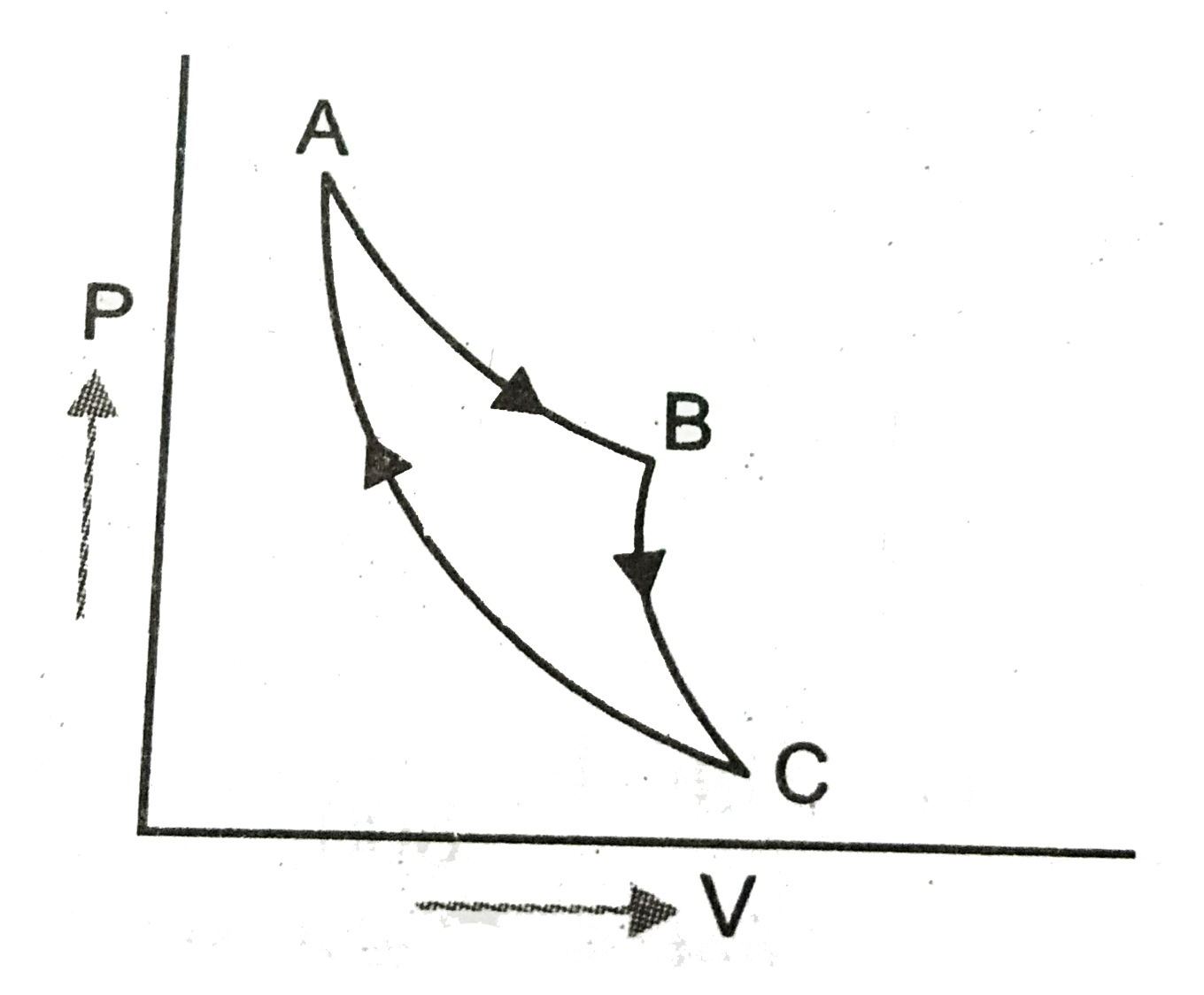Text Solution
Verified by Experts
|
Topper's Solved these Questions
THERMODYNAMICS
PRADEEP|Exercise Very short answer questions(NCERT)|5 VideosView PlaylistTHERMODYNAMICS
PRADEEP|Exercise Short answer questions(NCERT)|6 VideosView PlaylistTHERMODYNAMICS
PRADEEP|Exercise Long answer questions|11 VideosView PlaylistSYSTEMS OF PARTICLES AND ROTATIONAL MOTION
PRADEEP|Exercise Assertion- Reason Type questions|20 VideosView PlaylistWORK, ENERGY AND POWER
PRADEEP|Exercise Assertion-Reason Type Questions|24 VideosView Playlist
Similar Questions
Explore conceptually related problems
Knowledge Check
A
B
C
D
Submit
A
B
C
D
Submit
A
B
C
D
Submit
Similar Questions
Explore conceptually related problems
PRADEEP-THERMODYNAMICS-Advanced problems for competitions
- An ideal gas expands isothermally along AB and does 700J of work. How ...
04:45
|
Playing Now - An ideal gas having initial pressure P, volume V and temperature T is ...
04:17
|
Play - What is a polytropic process, Obtain expressions for work done in a po...
05:50
|
Play - Two Carnot engines are operated in succession. The first engine receiv...
03:13
|
Play - One mole of a monoatomic gas is mixed with three moles of a diatomic g...
02:01
|
Play - At 27^@C two moles of an ideal monoatomic gas occupy a volume V. The g...
03:26
|
Play - The pressure of one gram mole of a monoatomic gas increases linearly f...
05:43
|
Play - (Figure) shows that two P-V curves AB and BC for a gas: one is for iso...
06:31
|
Play - Gas with in a chamber, passes through the cycle shown in (figure). Det...
02:27
|
Play - One mole of an ideal gas is taken through the cyclic process ABCDA, as...
04:23
|
Play
